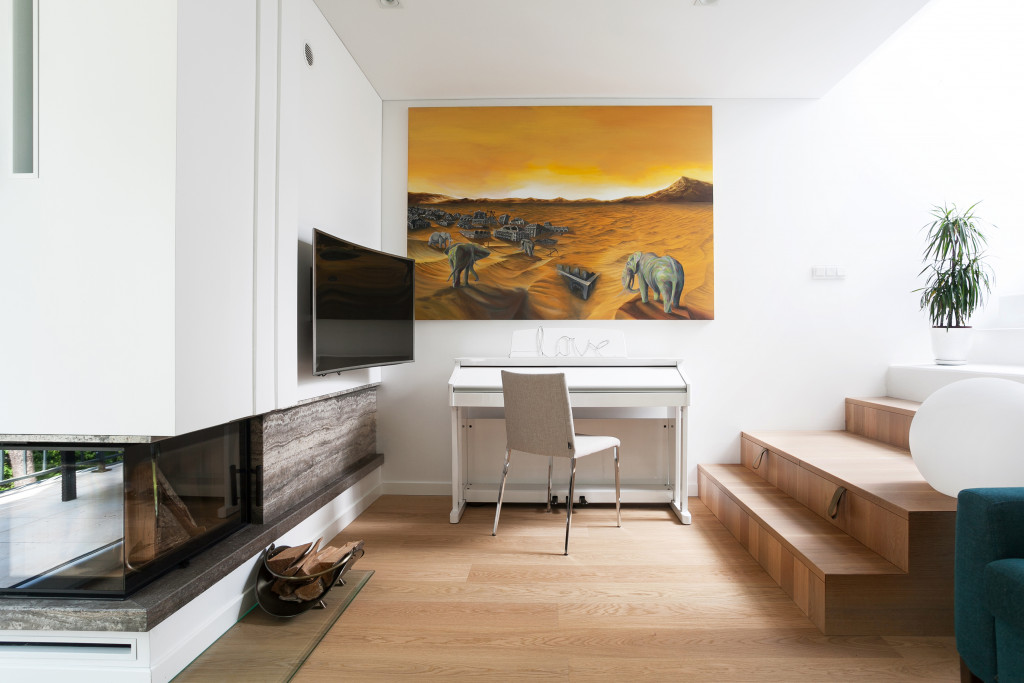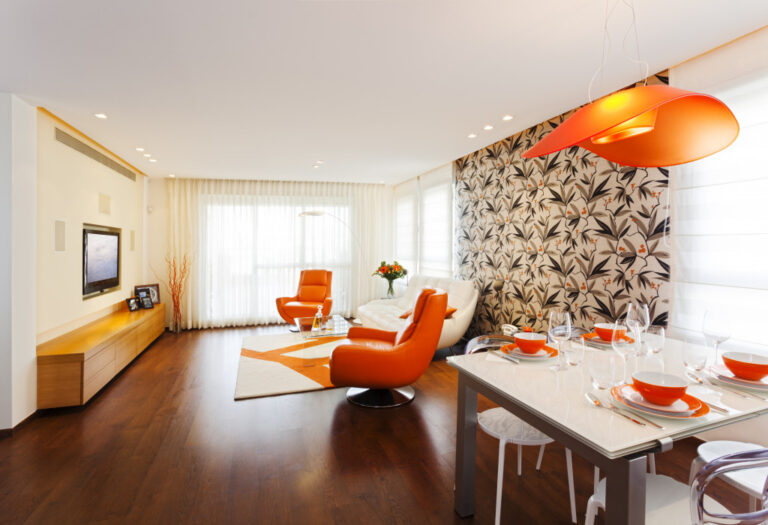- Improve indoor air quality by using air purifiers, air-cleaning plants, and ensuring proper ventilation.
- Avoid using products that emit chemicals, and use natural cleaning products.
- Maximize exposure to natural light for improved mood and sleep quality.
- Incorporate plants to naturally improve air quality and reduce noise.
- Declutter regularly for improved mental health, and use calming colors to promote relaxation.
As homeowners, ensuring the health and well-being of yourself and your loved ones is a top priority. You do all you can to maintain optimal health, from eating right and exercising regularly to taking care of your mental health.
However, have you ever considered your home environment’s impact on your health and well-being? This post will look at tips and tricks for optimizing your home environment for enhanced health and well-being.

Indoor Air Quality
The air you breathe indoors plays a significant role in your health. Poor indoor air quality can cause various respiratory illnesses, allergies, and other health problems. To improve the quality of air indoors, make sure to use air purifiers and air-cleaning plants and ensure proper ventilation.
Emit Chemicals
Also, avoid using products emitting chemicals that could harm your health, such as harsh cleaning products. Regularly clean and dust your home, and use natural cleaning products whenever possible. Change air filters in heating and cooling systems often, as well.
No Smoking
Finally, don’t smoke indoors, and avoid using unvented fuel-burning appliances like space heaters or gas stoves. Indoor air quality is something you have control over. Taking the appropriate steps to improve indoor air can make a big difference in your health, so don’t hesitate to take action today!
Natural Lighting
Exposure to natural light has numerous health benefits, such as regulating your mood and improving sleep quality. To get the most out of natural light, ensure that the curtains are open during the day, use light-colored curtains, and place mirrors tactically.
Natural Light Bulbs
If your home does not get much natural light, invest in natural light bulbs or sunlight-mimicking lights. Natural light can make any space feel airy, open, and inviting. It also helps reduce energy costs as no additional lighting is needed during the daytime.
Vitamin D
Additionally, natural light can be a great source of vitamin D for bone health. So remember to enjoy natural light whenever you can. Regular Vitamin D exposure helps maintain calcium levels, which is essential for strong bones and teeth.
Using Plants
Plants are not only aesthetically pleasing, but they also help enhance your home environment’s health and well-being. Plants naturally improve indoor air quality, and certain plants, like lavender, have calming effects on the brain. Plants are also great for absorbing sound, so they can help reduce noise levels in your home.
Boost Mental Health
Adding some plants to your living space can significantly boost mental health and overall well-being. In addition, plants require very little maintenance and require minimal watering. So you don’t need to worry about the extra time or energy required to care for them. Studies have shown that indoor plants can help reduce stress and anxiety levels while providing a sense of calmness and relaxation.
Build a Conservatory
To ensure you can spend time to be closer to nature all year round, you can build a functional garden room in your house. A conservatory is an ideal way to enjoy plants’ natural beauty without worrying about the unpredictable weather. This space can be designed with glass and wood, creating a beautiful sanctuary that allows you to appreciate nature in all its forms.
Declutter
Cluttered spaces can negatively affect your mental health. A great way to optimize your home environment for enhanced health and well-being is by ensuring everything has its place.
Improve Mental Health
Additionally, purging every few months can do wonders for your mental health. It may require some effort initially, but the benefits of decluttering are worth it. Start small and work up to more difficult tasks, such as organizing your closets or donating items you no longer use.

Incorporate Calming Colors
Color psychology plays an essential role in your mental health. Incorporating calming colors like blue, green, and lavender feels relaxing and can promote relaxation and soothe your senses.
Calming Effect
These colors have a calming effect on people and can even help to reduce stress, anxiety, and depression. Incorporating these colors into your home decor or office space can create an atmosphere of serenity and peace.
Complementary Hues
Add textiles with complementary hues like beige and light browns to further amplify the calming effects of these shades. This will create a soothing environment to reduce stress and help you focus better.
Optimizing your home environment for enhanced health and well-being goes beyond just keeping things clean and tidy. Simple changes like ensuring better indoor air quality, using natural light, incorporating plants, decluttering, and using calming colors can make your home more enjoyable and promote better health and mental well-being. As a homeowner, you should prioritize creating a living space that supports your overall health, especially when you spend more time at home than usual.




